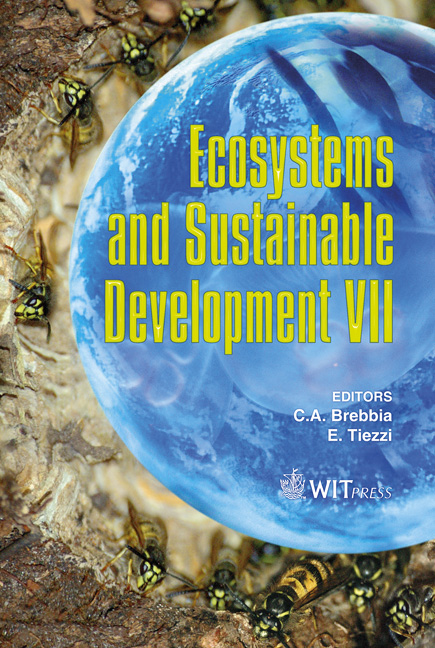Electrification Expansion In The Winterveld Region Of South Africa In The Face Of Pressure To Reduce Electricity Consumption
Price
Free (open access)
Transaction
Volume
122
Pages
11
Page Range
401 - 411
Published
2009
Size
1,107 kb
Paper DOI
10.2495/ECO090371
Copyright
WIT Press
Author(s)
C. E. Cloete & K. R. Kemm
Abstract
South Africa produces and uses over half of the electricity of the continent of Africa. Over the last decade South Africa has executed a major electrification drive to bring electricity to as many people as possible, and currently the figure stands at over 75%. However, this electrification figure is in stark contrast to many neighbouring states in which the electrification figure is only 5 to 10%. In Europe many countries have power sharing agreements with neighbouring countries such that in the event of an unforeseen shortfall in electricity supply they can purchase additional supply from neighbours. South Africa is an island in this respect. South Africa now faces the opposing challenges of cutting back on a rising electricity consumption to protect the national reserve, and forging ahead with an electrification program into currently un-electrified areas, to advance social and economic development. An interesting case study in this respect is the Winterveld region near Pretoria in which a previously rural farming area, of some 10 000 hectares containing about 150 000 people is now urbanising rapidly. The electrification program in the area is facing challenges to electrify rapidly but also to integrate alternative energy sources and strategies wherever possible to try to minimise electricity consumption on the projected growth curve. Keywords: electrification, Africa, development, social challenge, alternative energy.
Keywords
electrification, Africa, development, social challenge, alternative energy





